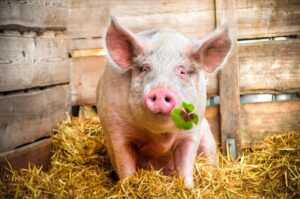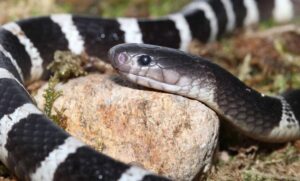Cancer is a devastating and terrifying disease for humans, but have you ever wondered if animals get it too? To answer the question, “Animals Most Prone to Cancer: Top Species at Risk and Why“, the team at KnowAllAnimals explores this topic in the following article.
1. Is Cancer Common in Animals?
It’s often assumed that larger and longer-living animals have a higher risk of developing cancer. Their bodies have more cells, which means more cell divisions occur throughout their lifespan. Since each cell division carries a risk of mutation, these animals should theoretically be more susceptible to cancer.
However, Peto’s Paradox—named after statistician and epidemiologist Richard Peto—suggests this isn’t true: cancer rates don’t correlate with body size.
For example, blue whales are the largest animals on Earth but rarely get cancer. In contrast, tens of millions of cancer cases are recorded in humans each year, according to an October 29th article in IFLScience.
So, if it’s not large animals, which ones have the highest cancer risk?
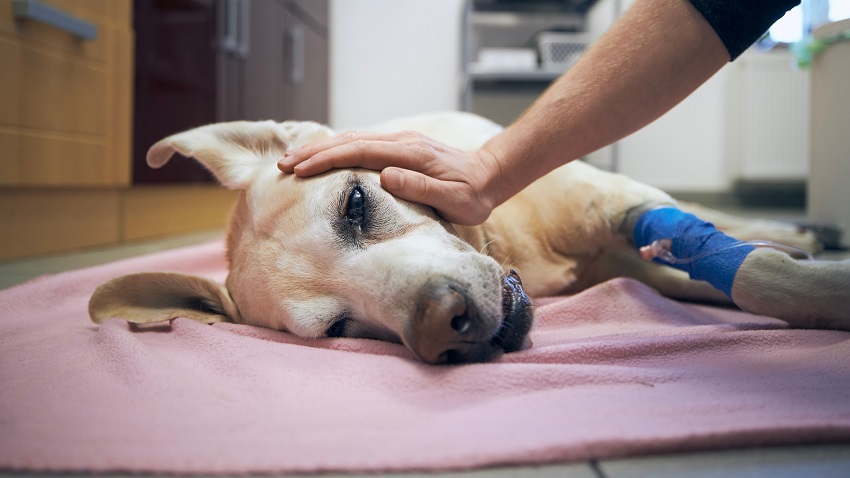
2. Animals Most Prone to Cancer?
A study revealed that some species have a higher cancer risk than others. Among the animals with an unusually high rate of cancer are ferrets (63% likelihood of developing tumors), possums (56%), and hedgehogs (45%).
Conversely, African penguins have the lowest cancer rate (less than 0.4%), followed by bottlenose dolphins (under 1.3%) and Rodrigues flying foxes (under 1.6%).
Furthermore, mammals generally have the highest rates of developing both benign and malignant tumors, followed by reptiles, birds, and amphibians.
Overall, the research highlights that the correlation between size, lifespan, reproductive timing, and cancer resistance is even more complex than we once thought. By advancing our understanding of cancer in other species, we can improve our own chances of fighting this deadly disease.
The study was published in the journal Cancer Discovery.
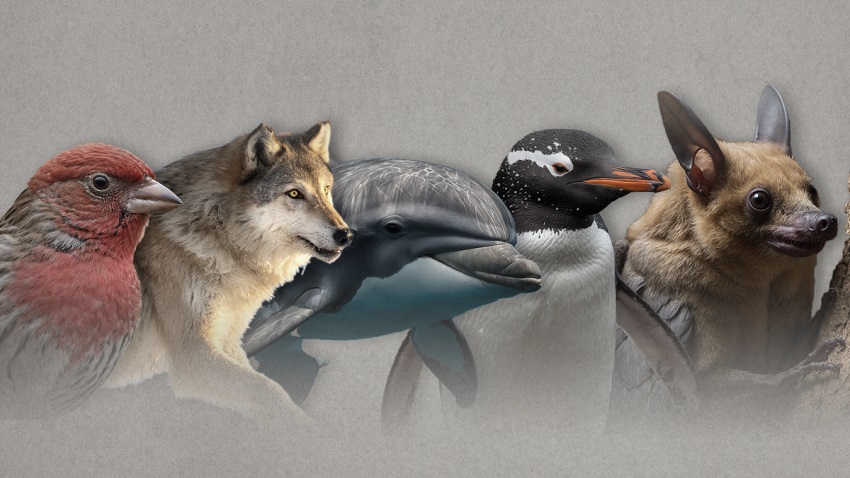
3. Why Do Elephants Rarely Get Cancer?
Over the past decade, lead author of a study on cancer in the animal kingdom, Carlo Maley, and his colleagues examined more than 16,000 forensic records from 292 vertebrate species to complete a picture of cancer rates in animals.
They found that the cancer rate increases with body size, but this increase is so small that it isn’t enough to disprove Peto’s Paradox. The research also seems to support the paradox, as cancer rates tend to decrease in animals with longer gestation periods—a trait associated with having a larger body.
The study indicates that larger animals have evolved mechanisms to suppress cancer. “Larger, longer-living species invest more in body maintenance. I would expect them to have better defenses against cancer because they have to in order to get big and live long. From an evolutionary perspective, this isn’t a paradox at all,” said Amy Boddy, another author of the study.
For example, elephants have 20 copies of the tumor-suppressing gene P53, which is why they rarely get cancer despite their immense size.
The research team noted that each species has its own story about why and how they need to fight cancer. Therefore, cancer rates and survival strategies differ among vertebrate species.
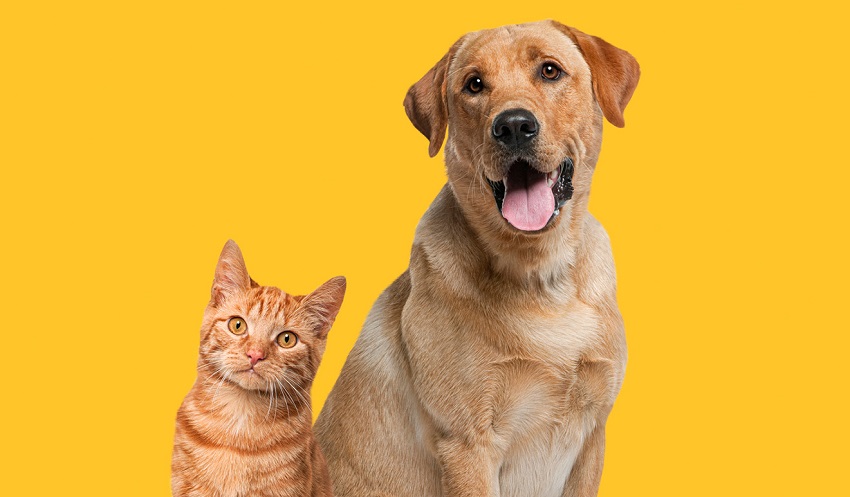
4. FAQs
1. Which animals are most prone to cancer?
Some animals with high cancer rates include dogs, cats, naked mole rats, salmon, and some species of sea turtles and rays. The causes may be genetic, environmental, or related to their diet.
2. Why are some animals more susceptible to cancer than others?
This can be related to their genetic makeup, lifespan, exposure to UV rays, chemicals, or pollutants. Additionally, the immune systems of some species are less sensitive to abnormal cells, making it difficult to eliminate cancer cells early on.
3. Are pets in the group of animals most prone to cancer?
Yes. Dogs and cats, especially older ones, often have a high risk of developing cancer. Some dog breeds like Golden Retrievers, Boxers, or German Shepherds are more susceptible to cancer due to genetics.
4. What are the signs of cancer in animals?
Common signs include unusual lumps, rapid weight loss, decreased appetite, fatigue, difficulty breathing, unexplained bleeding, or changes in behavior. If you notice these signs, you should take your pet to the vet immediately.
5. Is there any way to prevent cancer in animals?
While it’s impossible to prevent it completely, you can reduce the risk by providing a healthy diet, a clean living environment, limiting exposure to chemicals, ensuring they are fully vaccinated, and having regular health check-ups.
Cancer isn’t just a human problem; it affects many animals, from domestic pets to wild species. Understanding which “Animals Most Prone to Cancer” and the causes of the disease helps us be more proactive in prevention and care. While we can’t stop it entirely, with a proper diet, a healthy environment, and regular health checks, we can significantly reduce the risk of illness, bringing a healthier and happier life to the animals we love.
References: https://en.wikipedia.org/wiki/Veterinary_oncology

